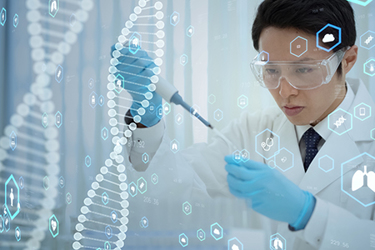Transfection Best Practices For AAV Gene Therapy Programs

As viral vectors continue to push gene therapy innovations closer to market, many researchers are setting their sights on optimizing the process of transfection — that is, the process of delivering corrective genetic material into cells.
It's not just a question of how to transfect, but also how to do it efficiently and at a high volume. Approaches that may work for one cell line may not work for another, and all transfection protocols can have varying implications for scalability and cost during production for clinical trials.
For these reasons — and others — experts usually say, "it depends," when they're asked about the best way to go about transfection for AAV-based programs. As a senior bioprocess application scientist at Corning Life Sciences, Ann Rossi Bilodeau often gets questions from researchers about which approaches they should take: Suspension or adherent? This transfection reagent or that one? How long should the transfection process take?
"It's very dependent on what you're trying to achieve in the end, and there's not just one right or wrong approach," she said. "From the cell line to the platform to the facility to the researcher, there are many factors that can affect transfection, and the process should be optimized to account for all of them."
Still, there are some best practices worth exploring, as Bilodeau, along with experts from transfection reagent supplier Polyplus, explain.
Get unlimited access to:
Enter your credentials below to log in. Not yet a member of Bioprocess Online? Subscribe today.
